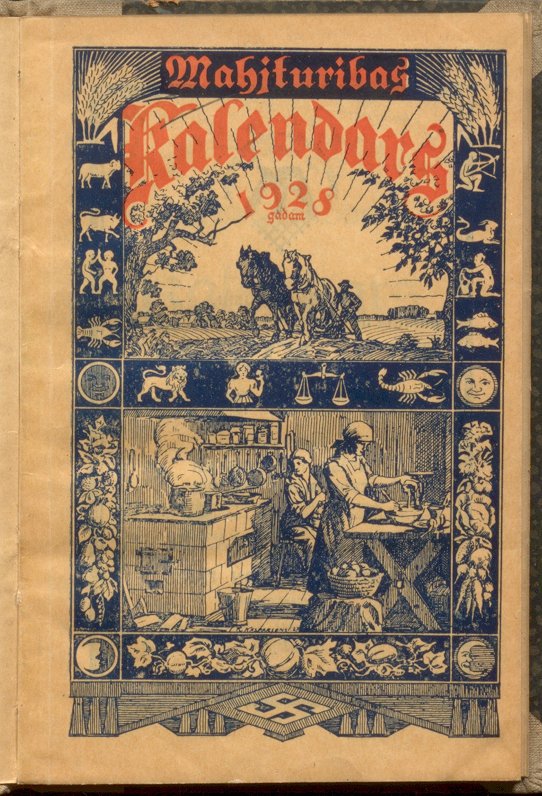A fragment from the calendar:
-
There are great sages, fine prophets, and fortune-tellers among our ornamental trees. One needs only know how to observe and interpret their signs.
-
The chestnut is a wise tree and should be found at every farmstead as a guard and forecaster. In spring, it will never adorn itself with flowers before the night frosts are over. In autumn, it will never hurry to throw off its leaves if cold winds are not in the offing. The chestnut saith: if the first snow touches my leaves in autumn, then rejoice – a rich year is coming. If my leaves fall in one or two days time, then the winter will be consistent. If the wind scatters far my falling leaves, then there will be little snow in winter. If the leaves remain thick about my trunk, then much snow will fall. If the year gave an abundance of chestnuts, then the coming summer will bring plenty of hazelnuts and a rich harvest of rye.
-
The apple tree saith: If white snow covers my leaves in autumn, then the branches will be laden with white blossoms in spring and flush apples in autumn.
-
The ash tree saith: If wet and heavy snow tears down my leaves in autumn, then next year will see many storms snatching a few sturdy roofs. The ash does not lie.



























